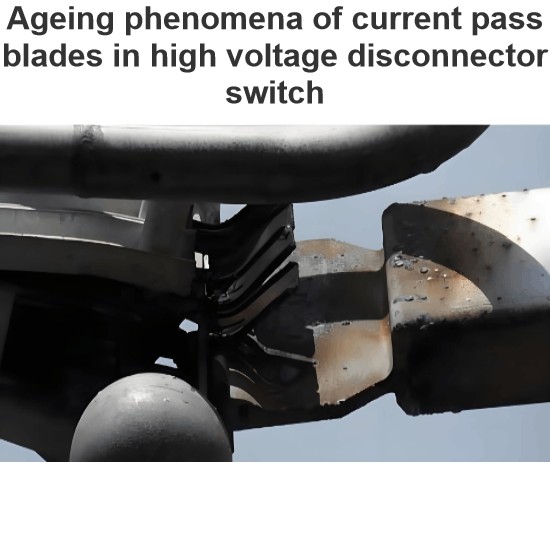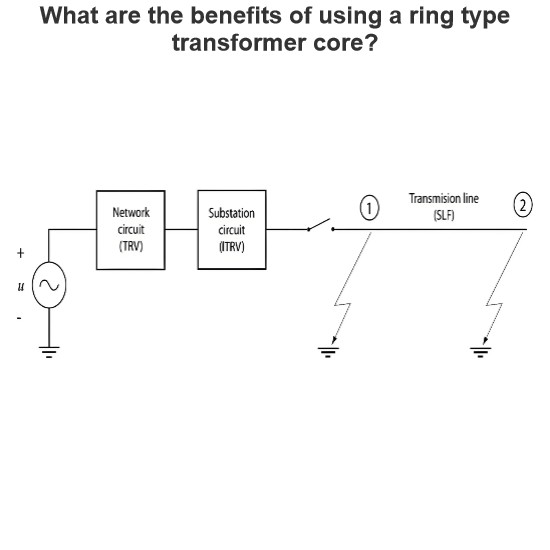Trip free operating mechanism definition acc to IEEE C37.04
Edwiin
01/25/2025

Trip-Free Operation of Medium Voltage Circuit Breakers
Definition and Behavior
The trip-free operation of medium voltage circuit breakers ensures that, regardless of any closing command, the breaker will open if a tripping signal (either mechanical or electrical) is received. This characteristic guarantees safe and reliable operation under all conditions. The behavior of the circuit breaker under different scenarios is detailed below:
- Simultaneous Closing and Tripping Signals:If a closing operation is in progress and a tripping signal is received simultaneously, the circuit breaker contacts are permitted to close momentarily before opening.
- Auxiliary Switch Contacts in Trip Circuit:If the trip circuit employs auxiliary switch contacts of the circuit breaker or equivalent contacts, the trip coil cannot be energized until these contacts in the trip circuit are closed.
- Mechanically Initiated Tripping Command:If the tripping command is initiated mechanically (manually) and held in the actuated position before a closing signal is applied, the main contacts of the circuit breaker are not allowed to close, even for an instant.
- Closing Signal Before Tripping Signal:If the closing signal is initiated before the tripping signal, the circuit breaker contacts are permitted to close momentarily before opening.
Illustrative Example
The Eaton trip-free MV circuit breaker operation table visually demonstrates these operational principles, providing a clear reference for understanding how the breaker responds under various conditions.













